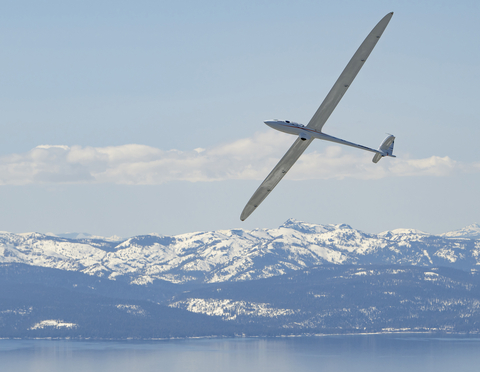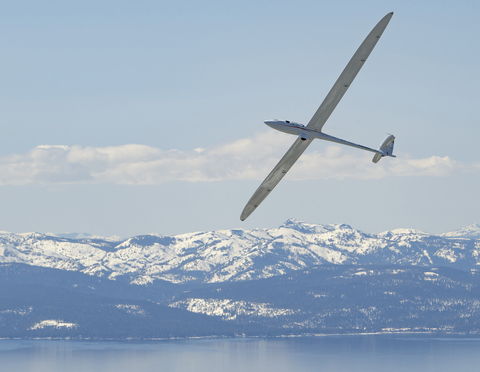WASHINGTON & MINDEN, Nev.--(BUSINESS WIRE)--Airbus Perlan Mission II, the world’s first initiative to pilot an engineless aircraft to the edge of space, has successfully completed a flight test campaign in the U.S., clearing the way for an attempt later this year to set a new aviation world altitude record for manned, level flight.
“Over the past decade, we have been on a thrilling adventure to inspire, educate and explore in the stratosphere, and Airbus has been a great partner on that journey as together we’ve attempted — and achieved — the seemingly impossible,” said Ed Warnock, CEO of The Perlan Project.
The pressurized Perlan 2 glider, which set the subsonic world altitude record at over 76,000 feet in 2018, set sail yesterday from the U.S. for the long journey to El Calafate, Argentina. Above the Patagonian Andes where atmospheric conditions are optimal, expert pilots and engineers from the nonprofit The Perlan Project will attempt to soar the experimental glider to its service ceiling of 90,000 feet.
“If a glider, which is a truly zero-emission aircraft, can become the highest-flying aircraft of all time, it sends a powerful message that decarbonization of aviation is no impediment to achievement, and can even be an enabler,” said C. Jeffrey Knittel, Airbus Americas Chairman and CEO.
As a research platform that emits no exhaust, Perlan 2 is ideally suited to the high-altitude atmospheric research the team will conduct to inform more accurate climate-change models. The aircraft will soar to altitudes where the air density is similar to the atmosphere on Mars, providing unique opportunities for aerodynamic studies related to turbulence, extreme weather and future space exploration.
The aircraft will also carry aloft experiments designed by school students through The Perlan Project’s STEM partnership with Teachers in Space.
Airbus began its title sponsorship of The Perlan Project in 2014, facilitating the completion of Perlan 2’s construction. The glider, described by Warnock as “a space capsule with wings,” is equipped with sophisticated life support systems and instrumentation to ensure pilot safety.
The aircraft is able to soar without an engine to its record altitudes thanks to very rare air currents known as “stratospheric mountain waves,” which form when mountain winds are strengthened by the polar vortex.
The Airbus Perlan Mission II team, made up of some of the aviation industry’s most celebrated test pilots and world-renowned climate scientists, will conduct its 2023 flying campaign from late July through mid-September, when stratospheric mountain waves are most likely to occur in the Southern Hemisphere. After setting multiple successive records in prior years, the team took a hiatus during the COVID-19 pandemic.
Images/Video: bitly.com/perlanpress
About Airbus Perlan Mission II
Airbus Perlan Mission II is an initiative to fly an engineless glider to the edge of space, higher than any other winged aircraft has operated in manned, level flight, to open up a world of discoveries related to high-altitude flight, weather and climate change. This historic endeavor is the culmination of decades of research and engineering innovation, and the work of a tireless international team of aviators and scientists who volunteer their time and expertise for the nonprofit The Perlan Project. The initiative, based in Minden, Nevada, is supported by Airbus and a group of other sponsors that includes Dennis Tito, Weather Extreme Ltd., Raytheon (United Technologies), BRS Aerospace and Thales.




